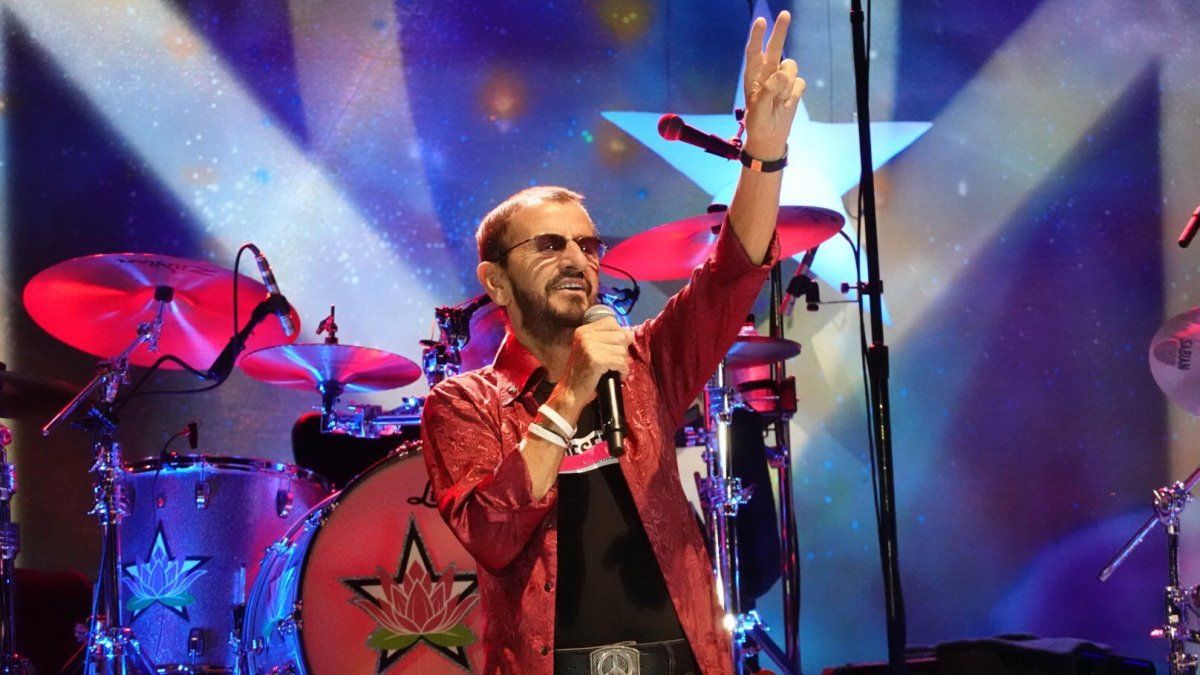One pandemic later, the picture has changed somewhat. East Asian guests are gradually returning, but more slowly than expected, which may also have something to do with bureaucratic hurdles in China. Instead, more visitors are coming from India, the Arab world, the USA and Europe, as Mayor Alexander Scheutz (SPÖ) reports. Tourism advertising is focused entirely on Europe.
- also read: “The plan is discarded”: Hallstatt gives tourists a clear view
The Chinese and Japanese guests in Hallstatt and the surrounding area are “not really” back yet, says Christian Schirlbauer from the Dachstein Salzkammergut holiday region to the APA – most likely the individual tourists, but hardly any groups. According to his information, this is probably due to the fact that the Chinese passports expired after the Corona lockdowns and people there have been waiting months for a new document. Instead, guests from South Korea and India have been coming more and more.
Slot system
However, no advertising is being done in any of these markets, so the focus is on Austria, Germany, the Czech Republic and the Netherlands. Overall, overnight stays are almost back to pre-corona levels – 1.058 million overnight stays in 2019 compared to around 1.042 million in 2023. This year, thanks to a good winter and the Capital of Culture year, at least as many are expected as in 2019 – despite the hesitant Asian tourists.
Around a million day visitors, including many from Southeast Asia, used to visit the picturesque World Heritage community in the Upper Austrian Salzkammergut each year. On some days, 10,000 visitors crowded through the narrow streets, which was to the detriment of the privacy of the approximately 750 locals. Even before Corona, Hallstatt had therefore introduced a slot system. This has proven successful: 54 buses per day are allowed to come, and the bus is fully booked for the near future, according to Mayor Alexander Scheutz. However, there are no statistics on the nationalities of the passengers.
American or European guests are preferred
In general, however, his observations coincide with Schirlbauer’s figures: According to Scheutz, only around 40 percent of the Chinese groups have returned so far, “but there are many South Koreans, Indians, people from the Arab world and from Europe.” And the fact that American and European guests and visitors who stay longer are preferred in Hallstatt is nothing new.
Tourism experts point out that travel from Southeast Asia to Austria has also become more expensive – on the one hand due to the general increase in prices and currency developments, and on the other hand because the planes have to make detours because of the war in Ukraine. This makes travel even more expensive and extends the already long flight time. Last year, Chinese people made 87 million trips abroad, 40 percent fewer than before Corona (2019), according to an official tourism study. According to tourism data from the United Nations (UN), Chinese travelers spent 24 percent less last year than in 2019. The research institute China Society for Futures Studies predicts that China’s international travel will not return to pre-pandemic levels for another five years.
My themes
For your bookmarked topics
new articles found.
info By clicking on the icon you add the keyword to your topics.
info
By clicking on the icon you open your “my topics” page. You have of 15 keywords saved and would have to remove keywords.
info By clicking on the icon you remove the keyword from your topics.
Add the topic to your topics.
Source: Nachrichten




